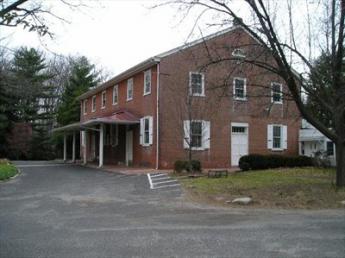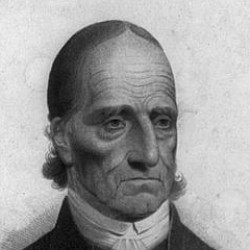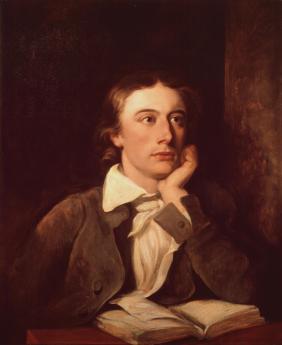Related Topics
Quakers: The Society of Friends
According to an old Quaker joke, the Holy Trinity consists of the fatherhood of God, the brotherhood of man, and the neighborhood of Philadelphia.
Keats, Symmetry, and Quakers

|
| Haddonfield Meeting |
"Truth is beauty, beauty truth. That is all ye know and all ye need to know. " The nice lady delivered her message in the Haddonfield Meeting for worship, not long ago. Standing at her bench in the otherwise quiet room. In a few minutes, another member echoed the thought, but I was too taken with the novelty of it to add to the carillon of Quaker responses. The meeting went on to other things, the Service Committee I believe, and then the meeting ended.

|
| Elias Hicks |
The early Friends, it must be recalled, were plain. Reacting adversely to the fancy dresses and high hairdos of the Romantic period, they would not have their own portraits painted or tombstones on their graves. They did not use the word, but they were utilitarian, admiring a plain way of doing things that made the world a better place to live. Beauty in the classical sense was not something they hated, but it was certainly a thing that used up time and money that might have had better uses. Philadelphia had some theaters and portrait painters, even some sculptors, but with the exception of Elias Hicks, they were almost all Episcopalians. For a century after plain Quaker speech and plain Quaker dress had become curiosities, Philadelphia lagged behind as a center of the arts. Arts and science gradually took over the town, but Quakers were mostly busy with other things when the arts were on display. Science was, of course, a different matter.

|
| John Keats |
My own experiences as a schoolboy were quite different. English classes, in particular, were all about poetry and simple novels from the Romantic period. I recognized Keats immediately when the lady quoted him. And so it was easy for me to imagine how Romantics of the Federalist period felt about truth and beauty; beauty was all there is. It's the truth. It's a classical style. The British had a fling with Romance literature, but the French really took it up. It was the essence of the French Revolution, particularly after they stopped chopping off the heads of aristocrats and fell under the spell of Napoleon. There was something Romantic about war, especially wars of Revolutionary zeal; cavalry charges and gallantry of all sorts. Quakers did not hold with war, and never had a lot of enthusiasm for our own Revolution. In fact, it was during this era that Quakers withdrew from political power, rather than participate in war, let alone lead in it. Now Jefferson saw things differently; although he was never a soldier, he liked the classics and he admired the Romantics. Whether it was the association with war and gallantry or not, classical architecture became something they studied in the Quaker Colleges, Bryn Mawr in particular, but it had too much aristocracy, pomp, and circumstance, to spill over into their houses and places of business.

|
| Professor Ian Stewart |
If Truth is Beauty, then anyone who likes truth has got to like beauty, right? The original name for Quakers was Friends of the Truth. Beauty is symmetry, according to Professor Ian Stewart. Does all this mean that beauty is anything but passably tolerable? Or maybe Truth is beauty and that's all you need to know. Personally, I rather doubt it.
Originally published: Sunday, March 30, 2014; most-recently modified: Wednesday, May 22, 2019